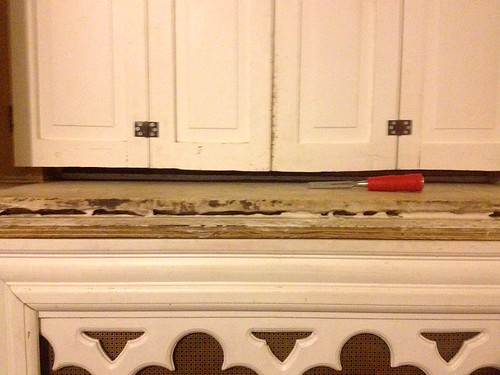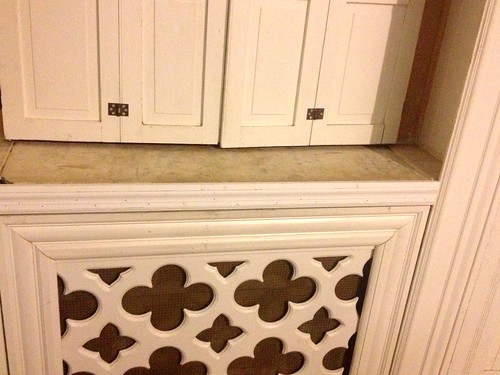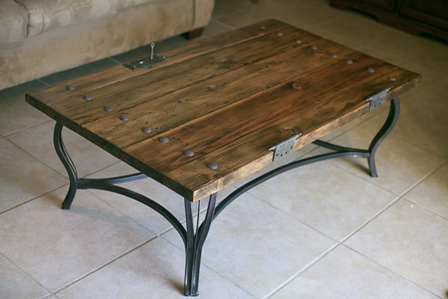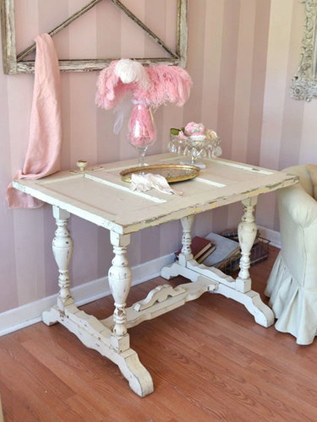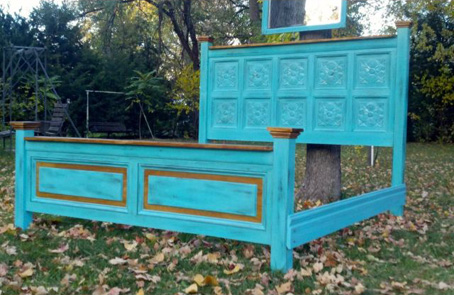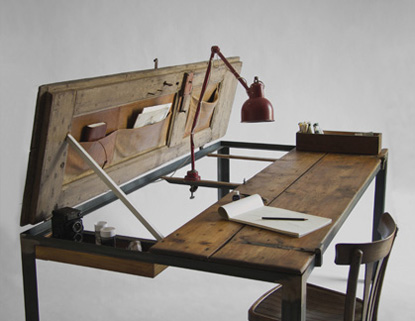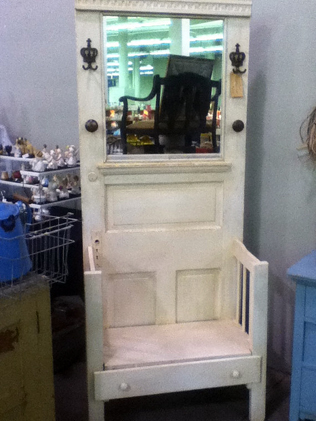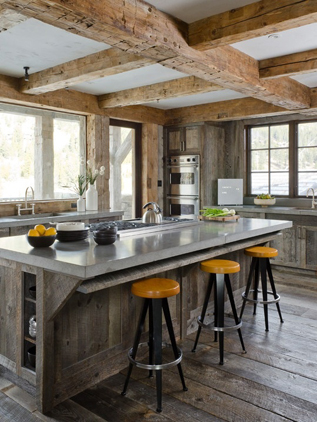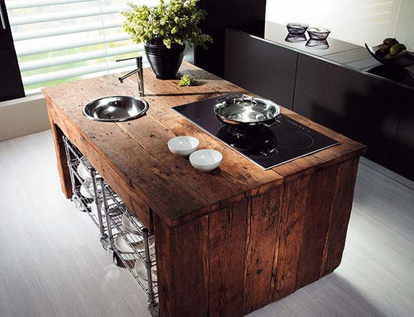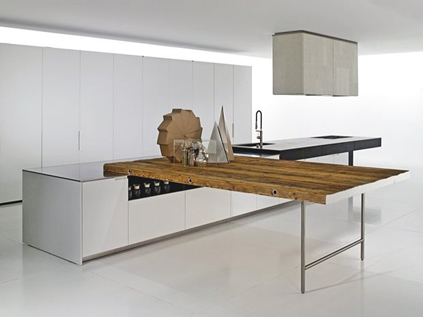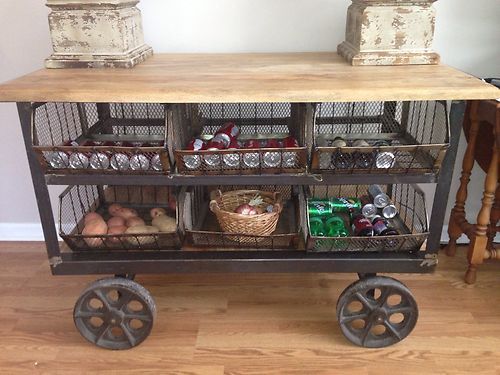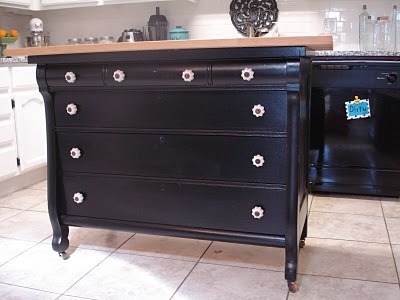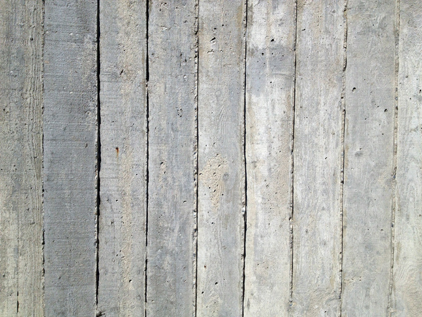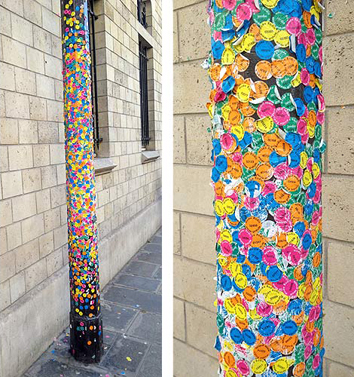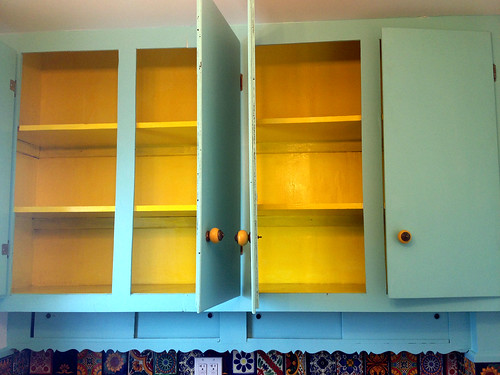This isn’t so much a DIY as a “You can do it” post. Reason being, replacing an existing washing machine with a new one is as easy as assembling Ikea furniture.
I installed my first washing machine yesterday. Thought I’d have to wait for hubby because I don’t deal with plumbing or electric. “Nothing dangerous” is my motto. Had it been a dryer, I would not have trusted myself with the gas connections, but what’s the worst that can happen with water? A flood?
Assuming your laundry area is already set up for a washer, it’s easy. If you’re going about this from scratch, it will require installing water supply and drainage, both beyond my expertise.
Ok, so you’re just replacing, right? A brand new washer will come with directions, some tools and hoses. Save the hoses from your old one if you’re installing second hand. Of course, you can always purchase new ones if need be.
1. The first thing you want to do on a brand new install is remove the shipping bolts. This part takes longer than the rest of it, but it’s very important.
2. The water line hoses on my LG were marked red and blue for hot and cold. Hook those into the hot and cold intakes on the machine. Connect the other ends to the faucet. Hand tighten as much as you can, then use the wrench. Don’t over tighten, but you don’t want a leak either.
3. Drain hose comes connected to machine. There’s a support that’s easy enough to attach to the other end. Stick that end in drain or slop sink (mine is a sink).
4. Plug it in and run a test to check for leaks. If all is good, move it into it’s permanent position.
5. Level the machine with the adjustments on bottom. Personally, I didn’t use a level….just stopped it from wobbling.
6. Do the laundry.
The wrench they provided didn’t work on everything so I’d say it’s handy to have an adjustable wrench. Maybe a screwdriver would come in handy too.
Yeah, that’s it. Not so bad, huh?




